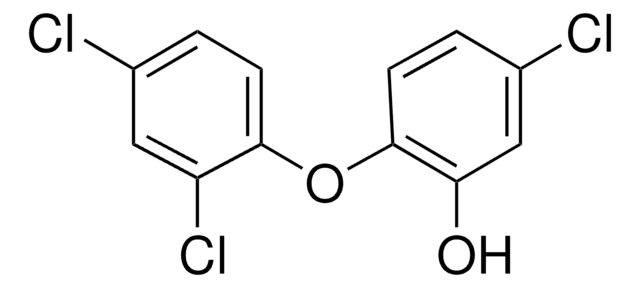C38303
4-Chloro-3,5-dimethylphenol
99%
Synonym(s):
4-Chloro-3,5-xylenol, 4-Chloro-sym-m-xylenol, PCMX
Sign Into View Organizational & Contract Pricing
All Photos(3)
About This Item
Linear Formula:
ClC6H2(CH3)2OH
CAS Number:
Molecular Weight:
156.61
Beilstein:
1862539
EC Number:
MDL number:
UNSPSC Code:
12352100
PubChem Substance ID:
NACRES:
NA.22
Recommended Products
Assay
99%
form
powder
mp
114-116 °C (lit.)
SMILES string
Cc1cc(O)cc(C)c1Cl
InChI
1S/C8H9ClO/c1-5-3-7(10)4-6(2)8(5)9/h3-4,10H,1-2H3
InChI key
OSDLLIBGSJNGJE-UHFFFAOYSA-N
Looking for similar products? Visit Product Comparison Guide
Related Categories
Application
- Synthesis and Spectroanalytical Studies of a New Azodye Derived From 2-Amino-6-ethoxybenzothiazole and 4-Chloro-3,5-dimethylphenol: Discusses the synthesis and characterization of a new azo dye derived from 4-chloro-3,5-dimethylphenol, highlighting its potential applications in dyeing and pigments (AA Ali, 2017).
- Crystal structure of the co-crystalline adduct 1, 3, 6, 8-tetraazatricyclo dodecane (TATD)–4-chloro-3,5-dimethylphenol (1/1): This paper details the crystal structure of a complex formed with 4-chloro-3,5-dimethylphenol, providing insights into its structural properties (A Rivera et al., 2015).
Signal Word
Warning
Hazard Statements
Precautionary Statements
Hazard Classifications
Acute Tox. 4 Oral - Eye Irrit. 2 - Skin Irrit. 2 - Skin Sens. 1
Storage Class Code
11 - Combustible Solids
WGK
WGK 1
Personal Protective Equipment
dust mask type N95 (US), Eyeshields, Gloves
Choose from one of the most recent versions:
Already Own This Product?
Find documentation for the products that you have recently purchased in the Document Library.
Customers Also Viewed
R O Darouiche et al.
Clinical microbiology and infection : the official publication of the European Society of Clinical Microbiology and Infectious Diseases, 12(4), 397-399 (2006-03-10)
The in-vitro and in-vivo efficacy against Candida albicans and Candida krusei of devices impregnated with chlorhexidine and chloroxylenol was examined. The impregnated devices produced large zones of inhibition against both organisms (mean size, 39 mm and 38 mm, respectively). In
S Messager et al.
Journal of applied microbiology, 97(6), 1149-1160 (2004-11-18)
To determine bacterial survival on human skin and their sensitivity to antisepsis. An 'ex vivo' protocol which uses human skin samples placed into diffusion cells, and electron microscopy (EM), were used to study the growth of Staphylococcus aureus, Escherichia coli
Marcel Skoumal et al.
Chemosphere, 71(9), 1718-1729 (2008-02-12)
Electrochemical advanced oxidation processes (EAOPs) are environmentally friendly methods based on the destruction of organic pollutants in wastewaters with in situ electrogenerated hydroxyl radical. This species is formed in anodic oxidation (AO) from water oxidation at the anode and in
Tetsuo Yamano et al.
Toxicology, 190(3), 259-266 (2003-08-21)
p-Chloro-m-cresol (PCMC) and p-chloro-m-xylenol (PCMX) are known to cause allergic contact dermatitis. For risk assessment of skin sensitizers, information on dose-response profiles in the induction and elicitation phases and cross-reactivity with analogous chemicals are important. In the non-radioactive local lymph-node
S Messager et al.
The Journal of hospital infection, 58(2), 115-121 (2004-10-12)
An ex vivo test was adapted to mimic the in vivo conditions of testing antiseptic activity on human forearms and in the European Standard Hygienic Handwash Test (BSEN 1499). The study was to validate the ex vivo protocols using 4.8%
Our team of scientists has experience in all areas of research including Life Science, Material Science, Chemical Synthesis, Chromatography, Analytical and many others.
Contact Technical Service
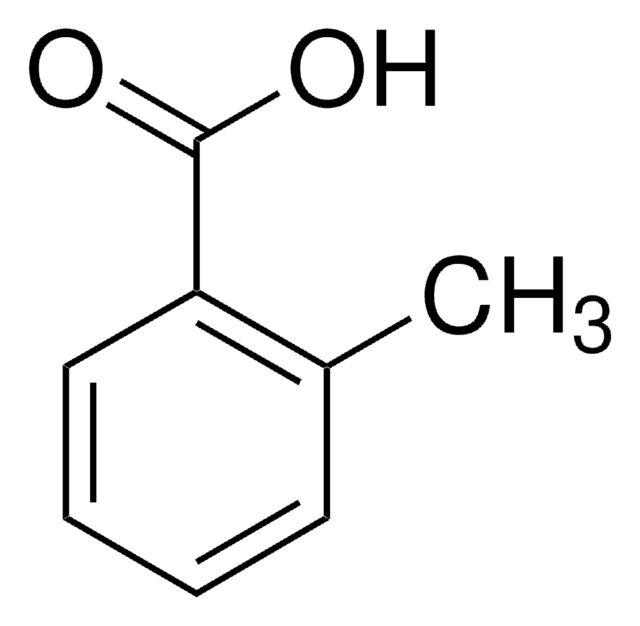
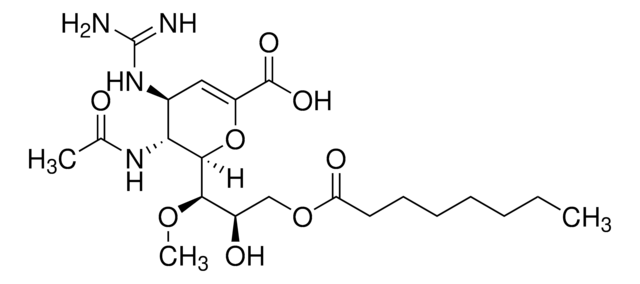

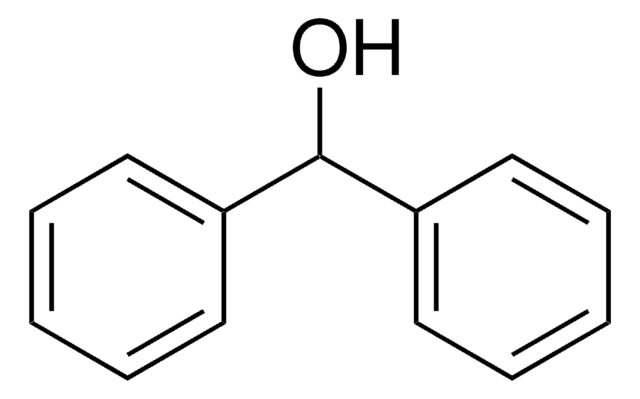
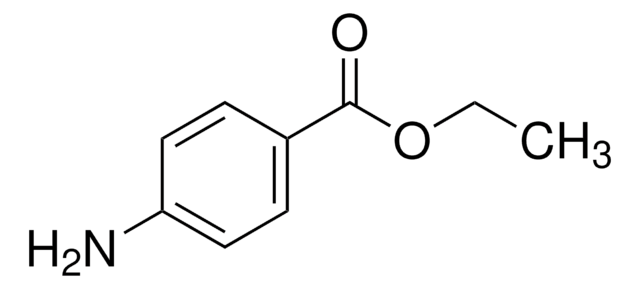
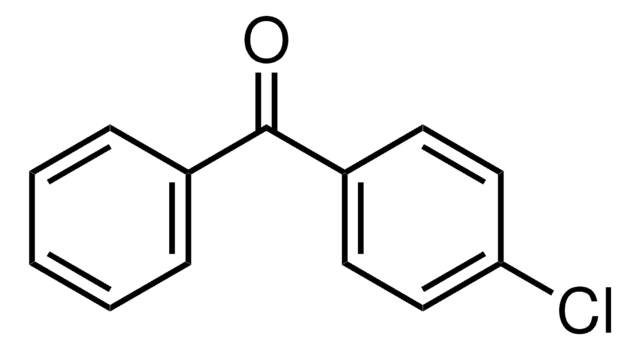
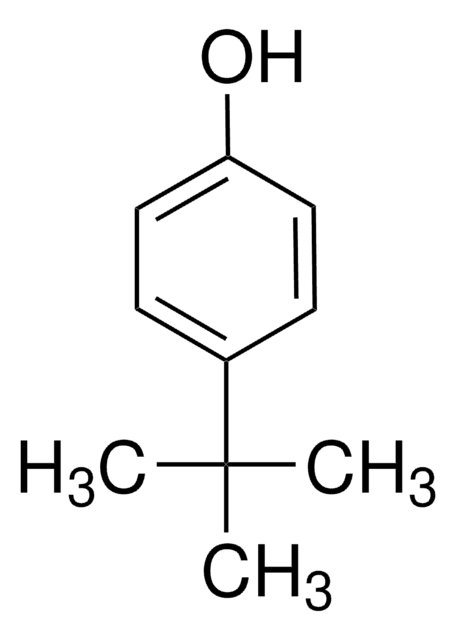

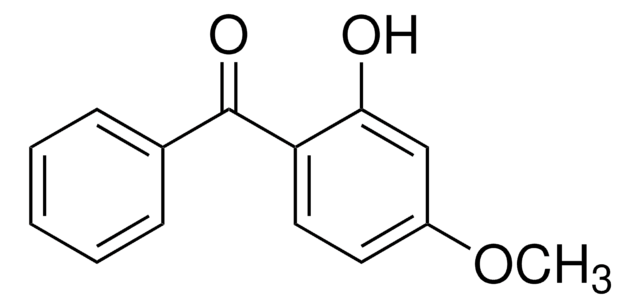
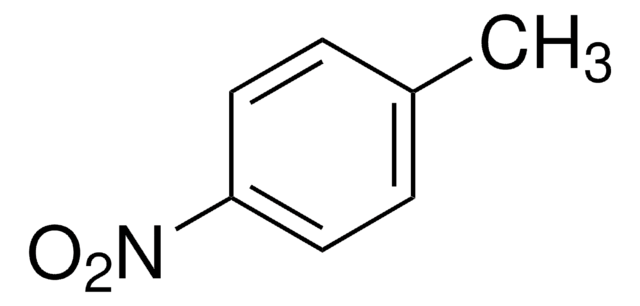
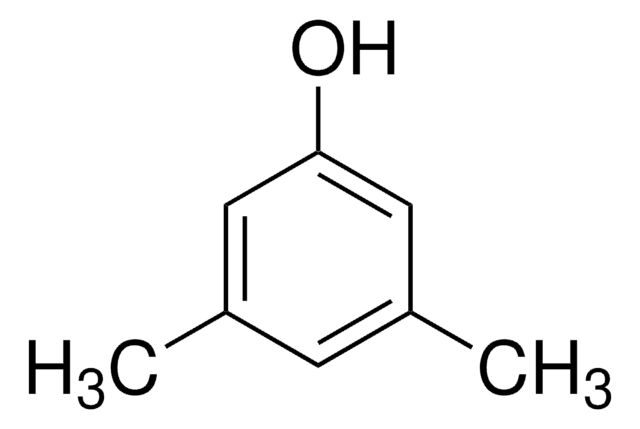
![Poly[dimethylsiloxane-co-(3-aminopropyl)methylsiloxane] eq. wt. 4,400 Amine](/deepweb/assets/sigmaaldrich/product/structures/427/354/e688e87b-f9db-4070-9e27-fccd23c1dfaa/640/e688e87b-f9db-4070-9e27-fccd23c1dfaa.png)
